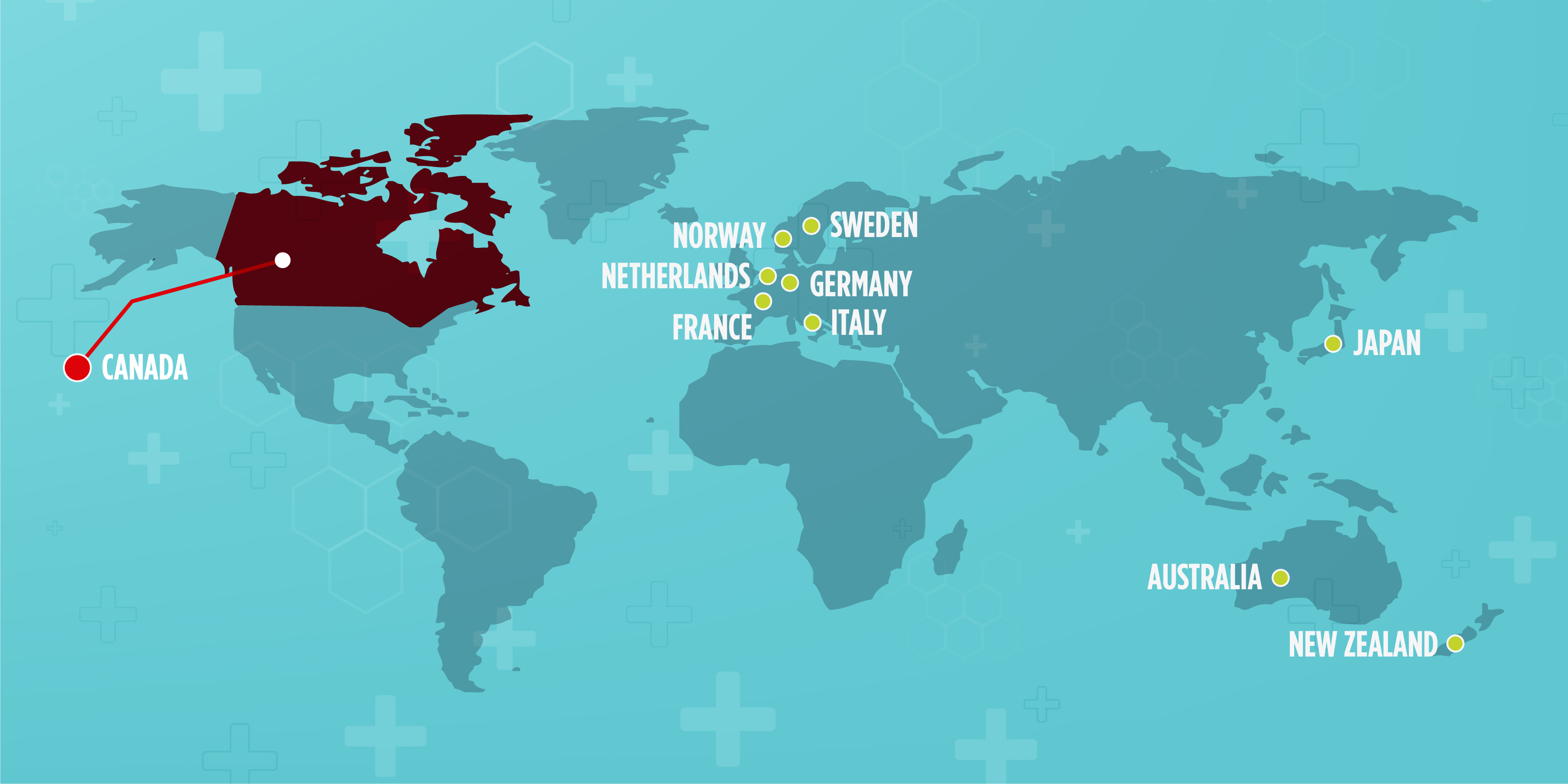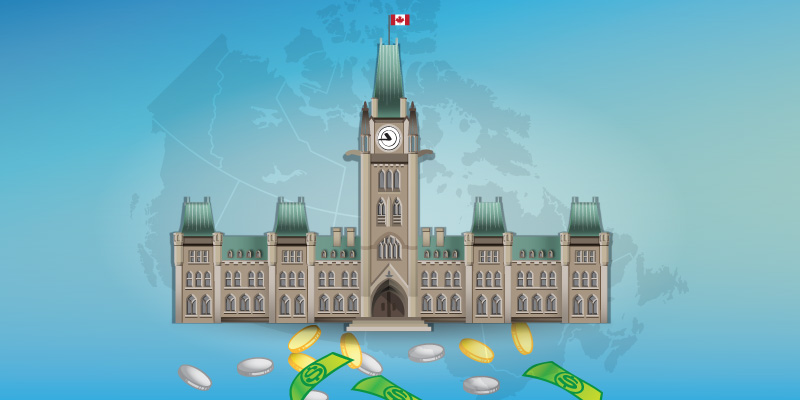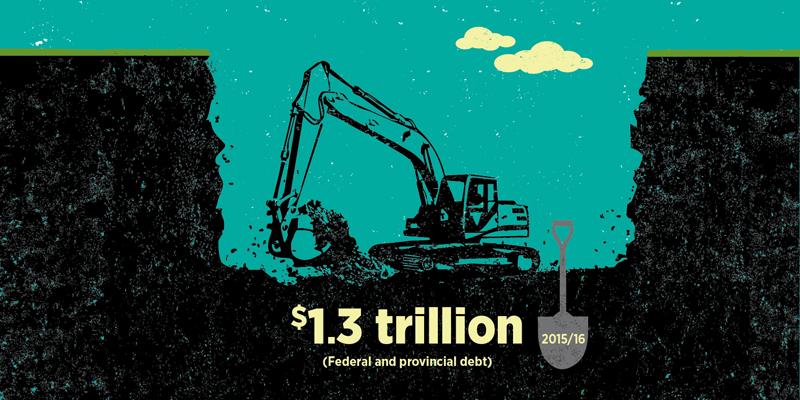While some advocate for increases in corporate taxes as a means to deal with current fiscal challenges, The Effect of Corporate Income and Payroll Taxes on the Wages of Canadian Workers, calculates the monetary impact of such a policy on the average worker. It finds that, after controlling for other factors (such as a worker’s age, education, occupation, and industry), a one per cent increase in the corporate income tax rate reduces the average hourly wage rate of Canadian workers by between 0.15 and 0.24 per cent in the following year.
 Read the Full Report
Read the Full Report View National Infographic - Canadian Governments Digging Deeper Into Debt
View National Infographic - Canadian Governments Digging Deeper Into Debt View National Infographic - Debt Interest Payments
View National Infographic - Debt Interest Payments View National Infographic - 8 Cents of Every Tax Dollar
View National Infographic - 8 Cents of Every Tax Dollar View Infographic - Ontario Government Digging Deeper Into Debt
View Infographic - Ontario Government Digging Deeper Into Debt View Infographic - Ontario Debt Interest Payments
View Infographic - Ontario Debt Interest Payments View Infographic - 9 Cents of Every Ontario Tax Dollar
View Infographic - 9 Cents of Every Ontario Tax Dollar






